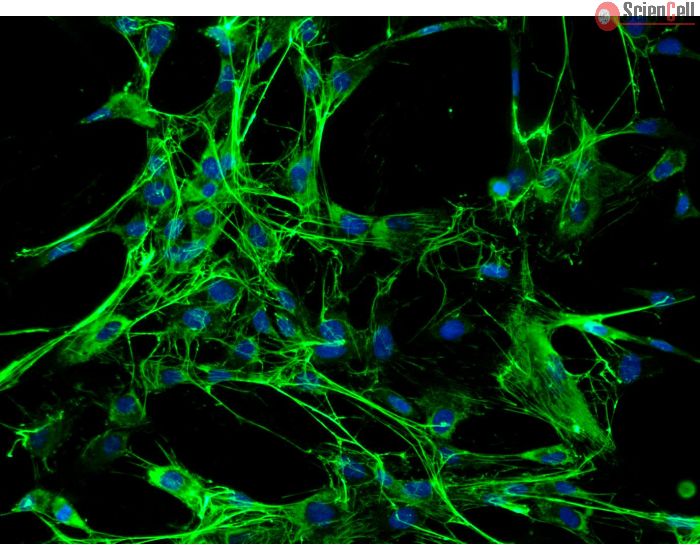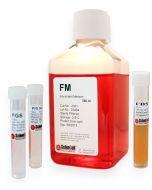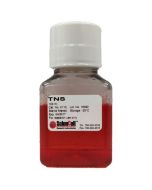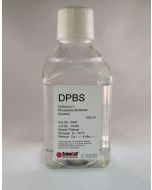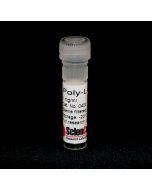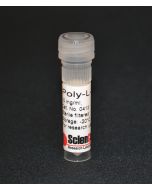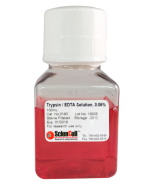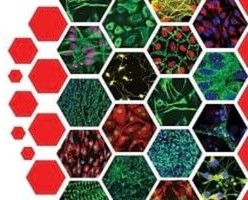Rabbit Pulmonary Fibroblasts
Catalog No.
Rab3300
RabPF from ScienCell Research Laboratories are isolated from rabbit lung. RabPF are cryopreserved at passage one and delivered frozen. Each vial contains >5 x 105 cells in 1 ml volume.
$641.00
In Stock
Related Products
Check items to add to the cart or
